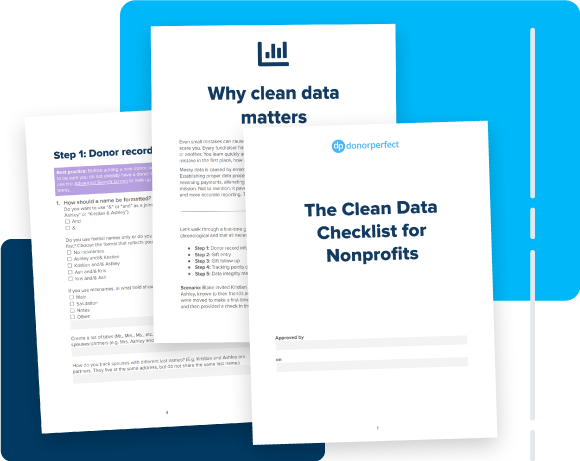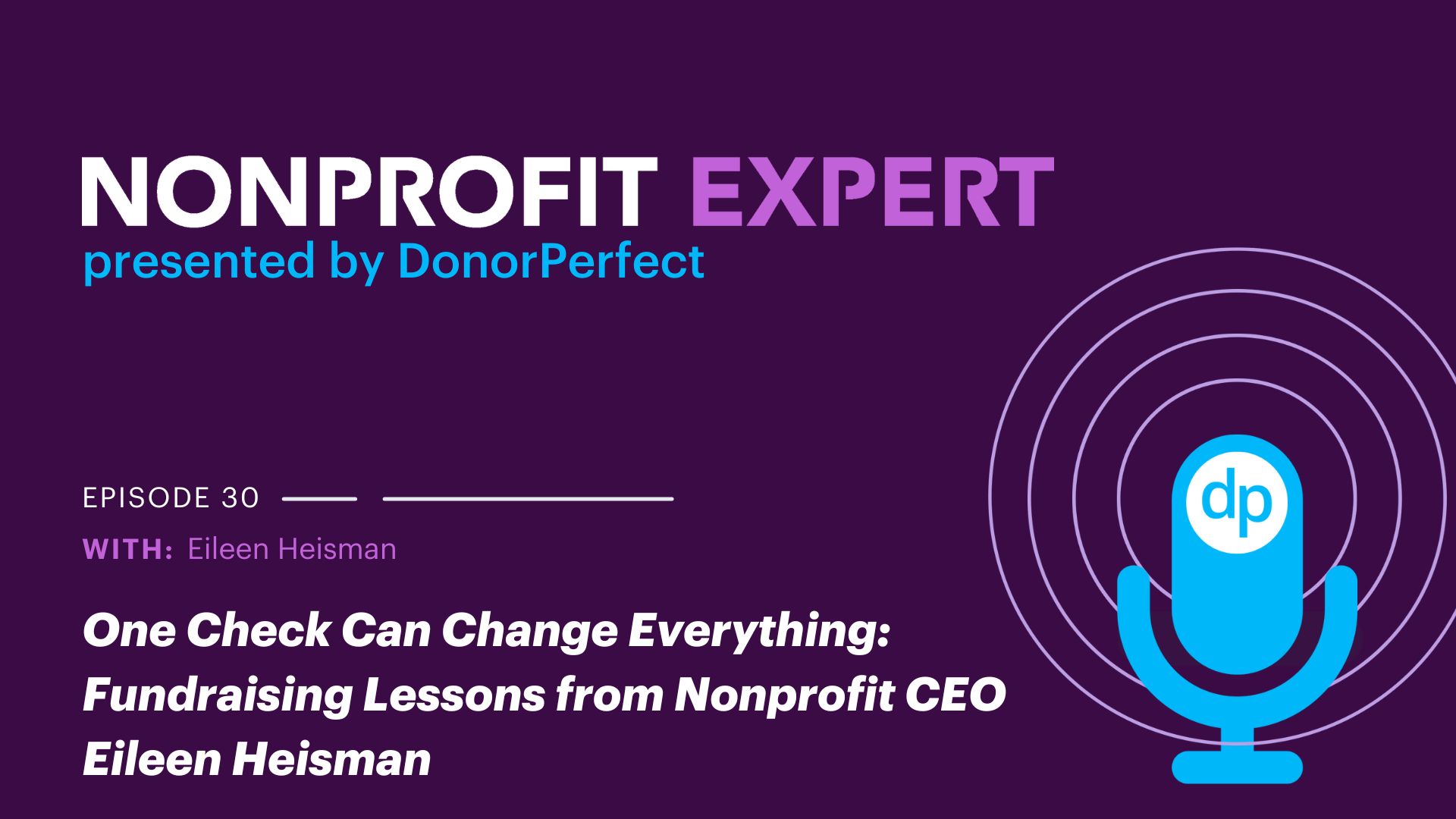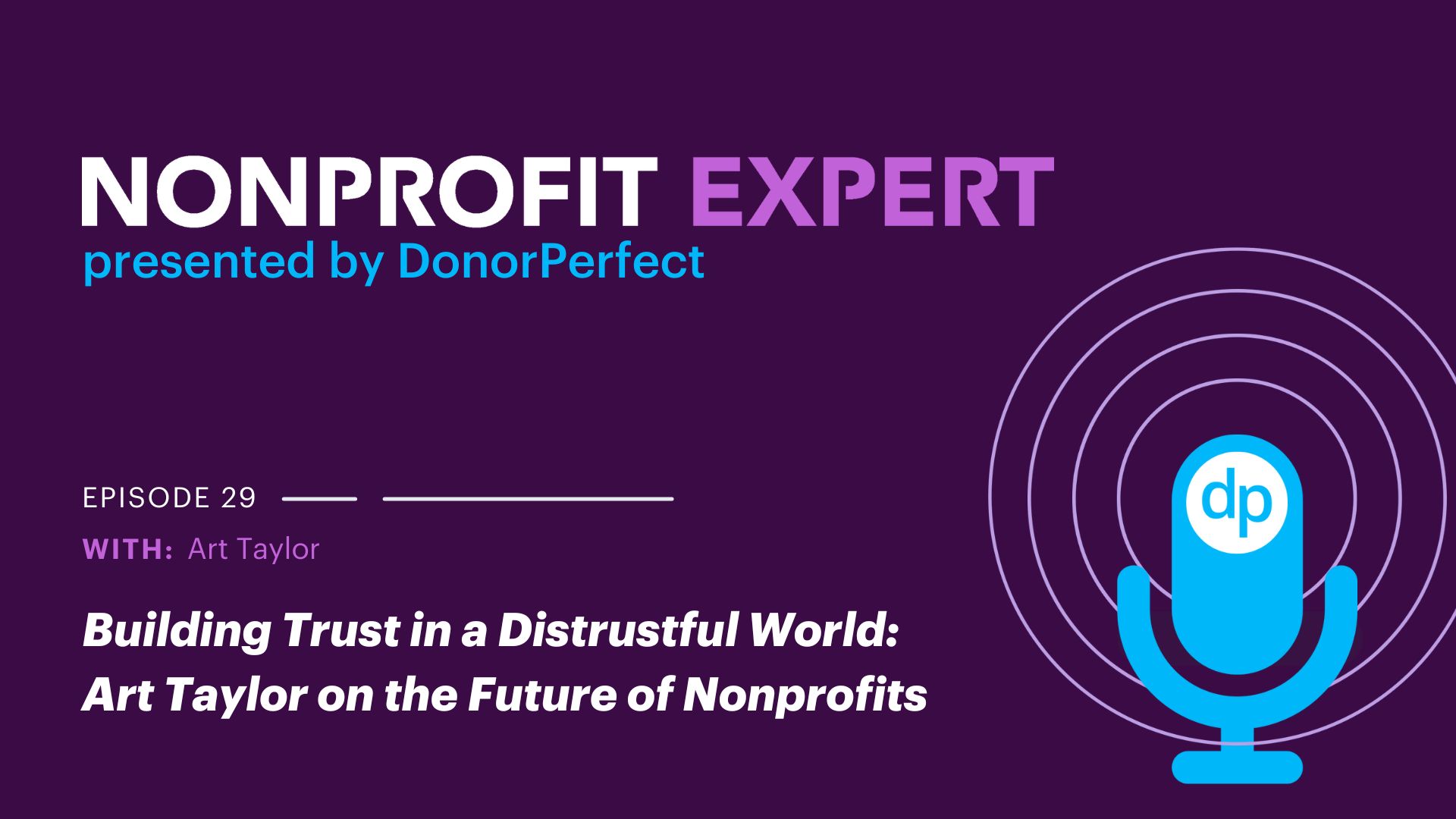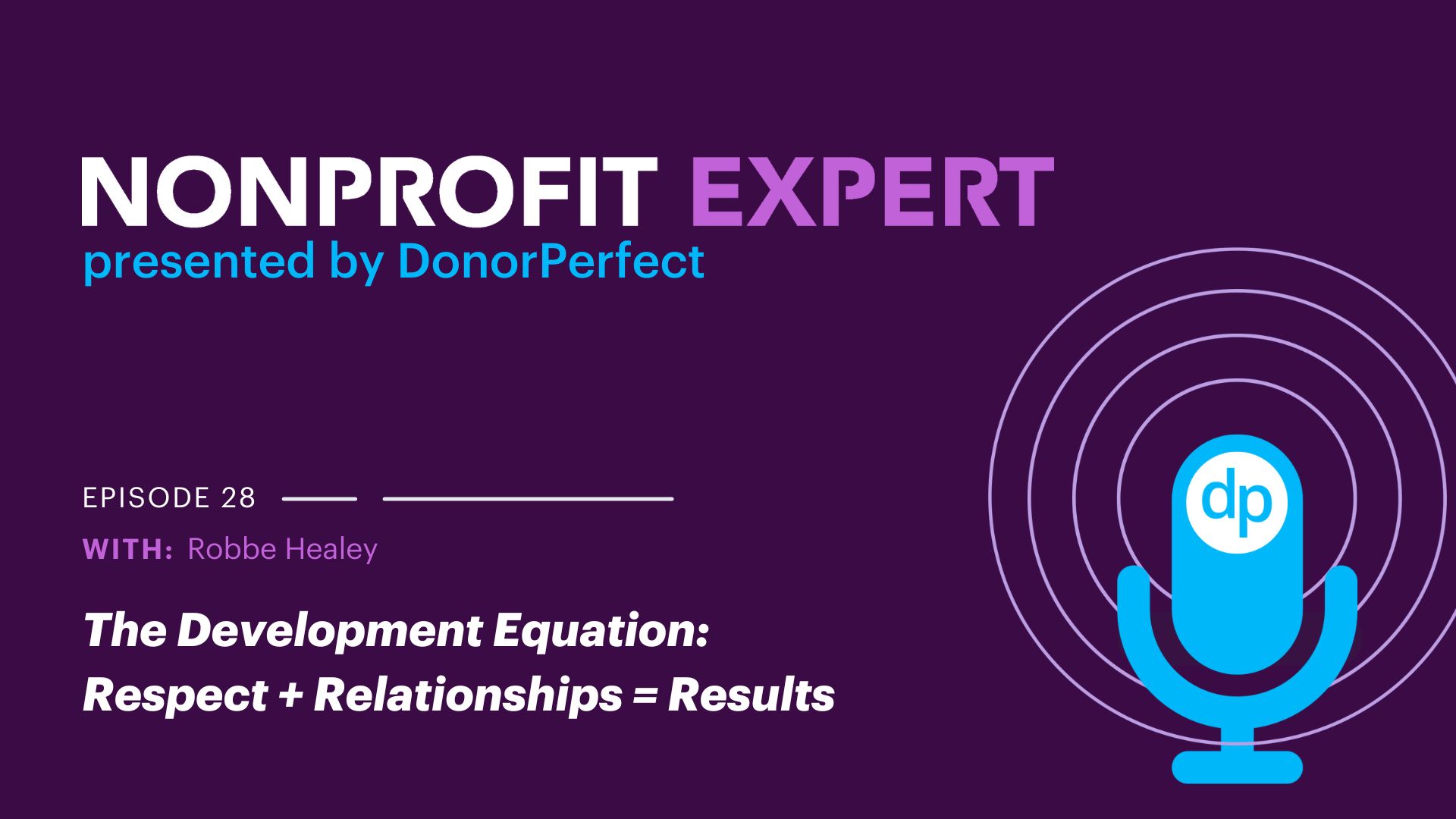You and your team spend countless hours writing the perfect emails to send out to your donors. You’ve chosen your words carefully, found the perfect images to include, and created a call to action your donors can’t say no to. You hit send and then wait… Do a few donations trickle in after a few days? Do you wonder what happened after you hit send? Did your donors open your email, did they get it, or, did the message not resonate with them?
If you’re not looking closely at your results, you’re left in the dark about your email marketing strategy. Fortunately, there are a lot of tools and resources available to help you evaluate your success and improve your outcomes.
How do I know what my donors will respond to?
Maybe you’re a world-class marketer, or maybe you’re not, but one thing is for sure: following your intuition is not the ideal scenario when it comes to sending an email that your donors will respond to. Knowing the best subject line, call-to-action, or image to choose comes down to testing.
What is A/B testing?
The basics: You send out two different versions of the same email to a portion of your constituent list to see which email brings in better results.
Rules for successful A/B testing:
- You need to select a portion of your audience, and this should NOT be a segmented list. Instead, it needs to be a randomized percentage of your total donor email list.
- You can only test one variable at a time. Otherwise, you will not be able to determine which variable was responsible for any differences in results.
- You need to determine ahead of time how you will evaluate your results and which email was more successful. You can search the average open, click, and bounce rates for your industry to set a reasonable goal.
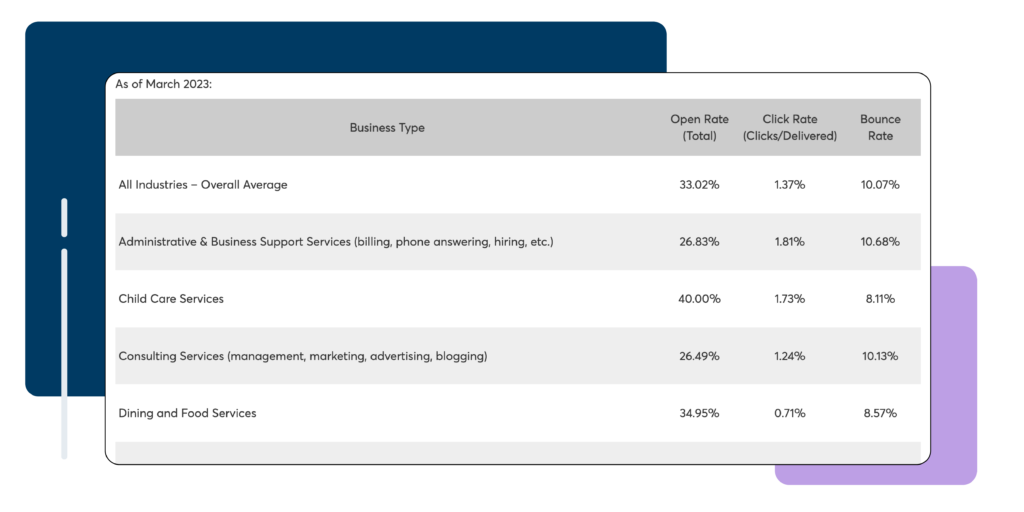
Here are some examples of the variables you can test using A/B testing:
- Subject lines
- Time of delivery
- Placement of links, images, call to action, etc.
- Call to action (CTA)
- The sender name, the “from” email address
- Shorter vs. longer email content
- Images
How do I measure the results of an A/B test?
After you’ve decided what email feature or content you are going to test, you then have to decide how you are going to measure the results of your test. For example, if you’re testing a subject line, you may want to look at the email with the highest open rate. Whereas, if you are testing a call to action, look to the email with the highest click-through rate to determine your winner.
Email providers like Constant Contact make it easy to measure data such as click-through rates, open rates, bounces, and unsubscribes. You can even choose to measure two or more campaigns side by side to more easily determine your most successful strategies.
How do I run an A/B test?
If you’re going to manually run a test, here are the steps you’ll need to take.
- If you have data from previous email campaigns, collect it so you have a benchmark to set goals for improvement.
- Decide on a percentage of your email list to use for testing. There is a lot of science that can go into this decision, but you want to make sure you have a large enough list to provide solid data while keeping it conservative enough so that the majority of your donors can receive the winning email.
- Set a timeline for how long you will run your test before gathering your results and determining a winner. For instance, you might want to wait until the next day to give recipients a chance to get caught up in their email inboxes.
- Send the winning email to the remainder of your email list.
DonorPerfect integration partner Constant Contact simplifies this process for you. You can choose the percentage of your donor list that you want to use for testing and how long you want to wait for the results. After Constant Contact calculates the results for you, it will automatically send the winning email to the remainder of your email list.
More tips to boost your email test results
While A/B testing is a great tool to survey your donors’ preferences, there are additional tools you can use to bolster your results as well.
Improve your list segmentation
Segmentation allows you to create tailored messages for targeted audiences. Instead of emailing the same content to your entire donor base, try speaking more directly to small groups and their specific interests and motivations. There are countless ways to divide your donors and create more effective communications.
Examples:
- Major donors
- Monthly donors
- Local supporters
- Volunteers
- First-time donors
- Interest-driven groups
- Generational groups
Get as creative as you want when it comes to portioning out your donor list. Thoughtful segmentation gives you the freedom to tailor ask amounts, calls to action, subject lines, subject matter, style, and all other email elements.
More free articles about email segmentation:
The Key to Better Nonprofit Email Marketing: Segmentation >>
Nonprofit Email Marketing: Expert Level is Easier Than You Think >>
How to Create Donor Segments for Your Year-End Campaign >>
Donors may fall into multiple categories, so make sure each constituent is only included in one email list when you use segmentation. DonorPerfect’s compound filters and its integration with Constant Contact can help ensure you message each donor only one time.
Improve your sender reputation
Have you ever used a tool that analyzed your email subject line in hopes it wouldn’t be flagged by spam filters? It’s a great tool to use, but spam filters have gotten a lot more sophisticated than simply looking for words like “free” or “hurry” in the subject line of an email. Now, you have to contend with sender reputations. Here’s a quick list of some of the things that affect your sender reputation:
- The number of bounced emails on your send list
- The number of unsubscribes (or opt-outs)
- How many emails you send
- Failing to get customer consent before emailing them
- Email deliverability infrastructure (your domain and IP address)
If you use an email tool, like Constant Contact, they take care of email infrastructure for you. Emails you generate through Constant Contact are sent from their IP address. They also handle sender authentication for you. This determines who can send emails on behalf of your organization and is another important factor in avoiding spam filters.
With this information in hand, it’s a bit easier to identify the steps you can take to keep your reputation above board. Simple things like keeping your data clean and free of invalid or old email addresses can prevent bounced emails. Personalizing your communications and sending targeted messaging to special groups can help reduce unsubscribe rates. Building strong donor relationships by asking for permission to send will also ensure you maintain an excellent sender reputation.
Email fundraising offers one of the best returns on investment, and using these tools can keep improving your results. The more data you collect and maintain through A/B testing and campaign reporting, the more data-driven decisions you can make to support your efforts.
Data-driven decisions are only smart decisions if your data is clean. Download The Clean Data Checklist for Nonprofits to ensure you and your team are working with the right information.
